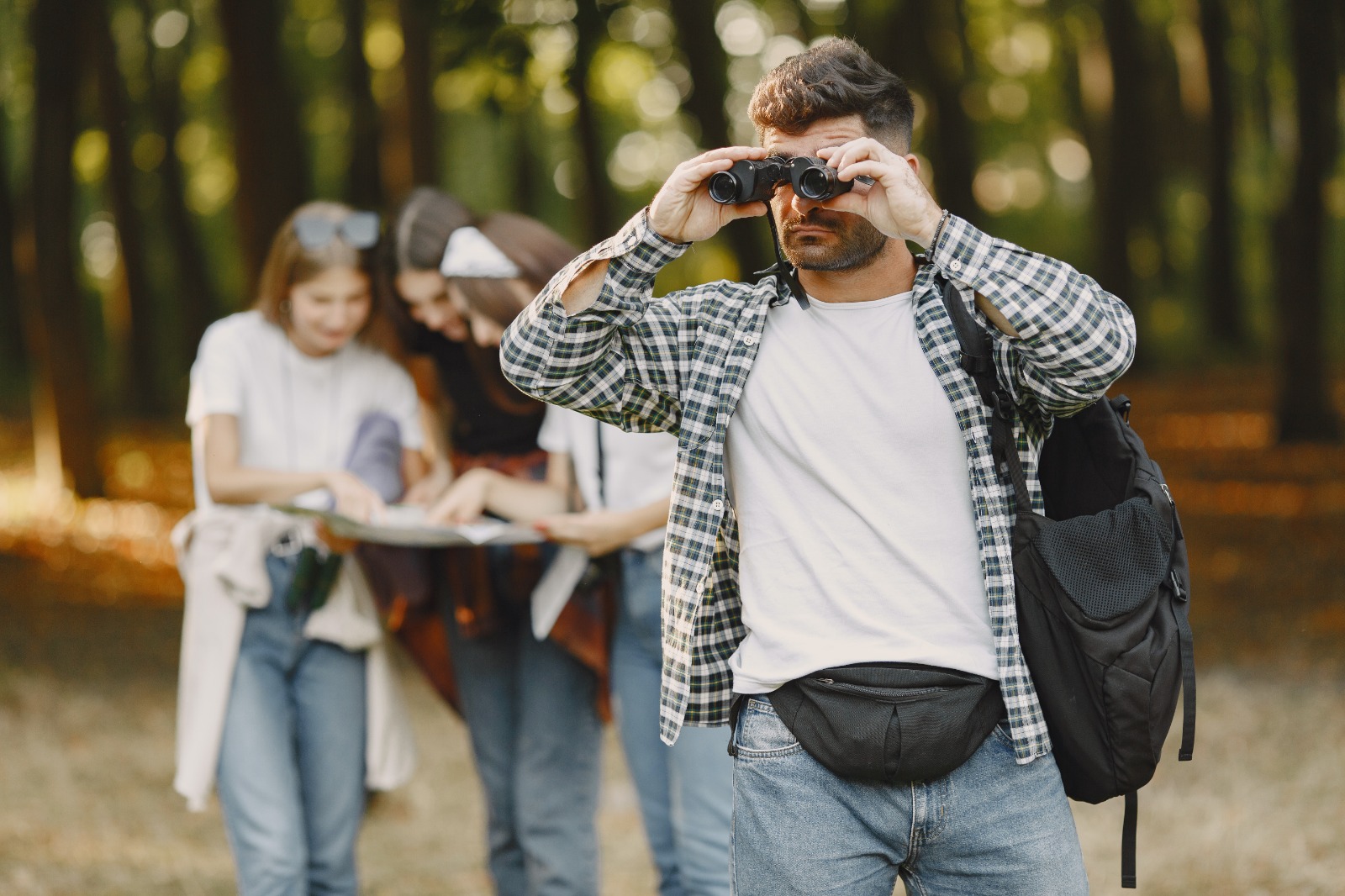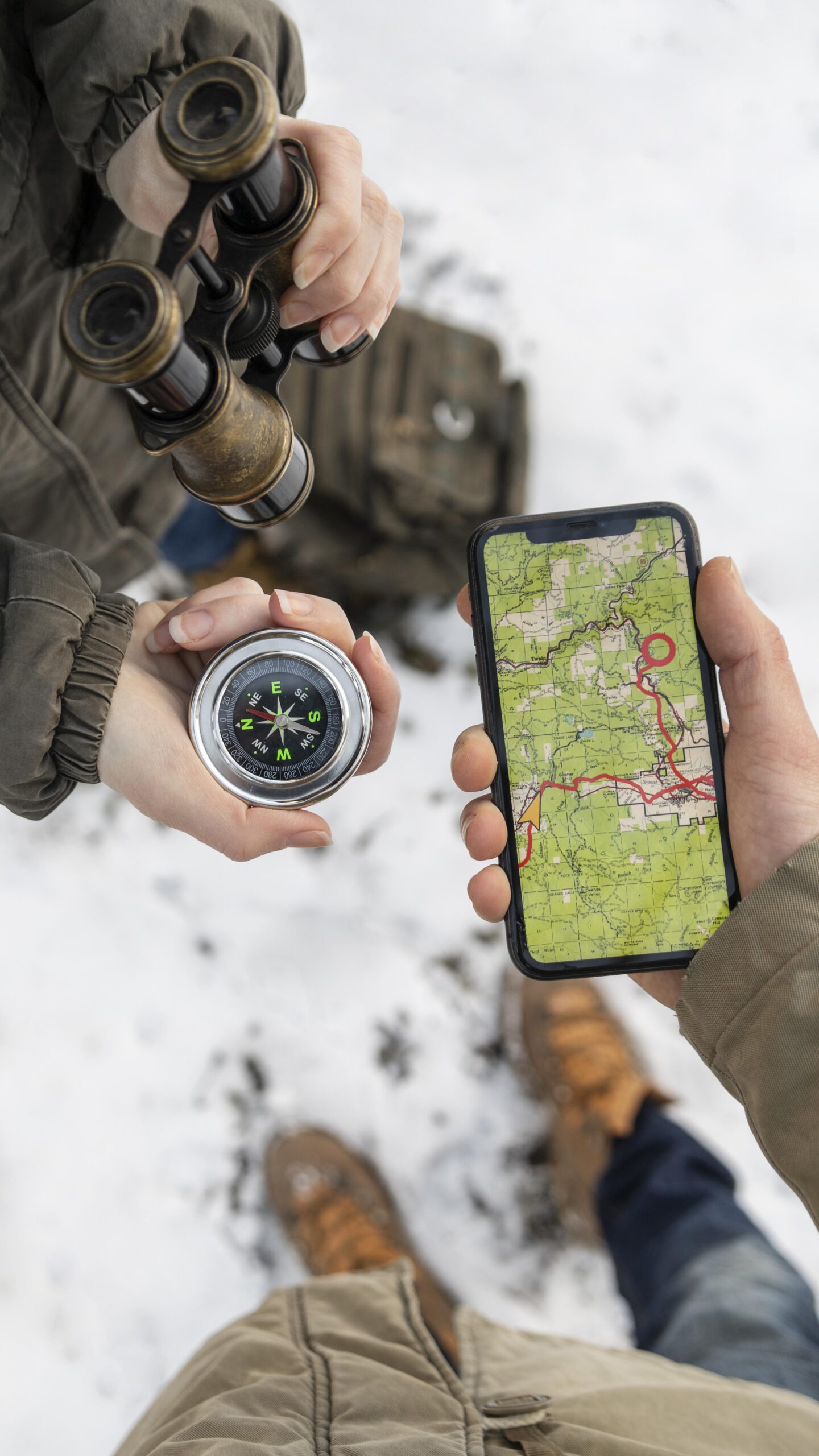Traveling has evolved significantly over the years, and with it, the distinction between different types of travelers has become more apparent. Among these, two distinct categories often arise: the backpacker and the tourist. While both share a love for exploring new destinations, their approaches, experiences, and mindsets differ considerably. Understanding “The Difference Between Backpack and Tourist” can enhance your travel experience, whether you identify more with one category or find yourself somewhere in between.
1. Approach to Travel: Spontaneity vs. Structure
One of the most significant differences between a backpacker and a tourist is their approach to travel. Backpackers typically embrace spontaneity. They prefer flexibility in their plans, often booking accommodations last-minute or deciding on their next destination on a whim. This approach allows them to immerse themselves in the culture of the place they are visiting, often leading to unexpected and enriching experiences.
On the other hand, tourists generally prefer a more structured approach. They often plan their trips meticulously, with a clear itinerary that includes major attractions, accommodations, and transportation. This method ensures that they maximize their time and see all the must-visit spots but may limit the opportunity for spontaneous discoveries.
2. Budget: Cost-Conscious vs. Comfort-Oriented
Budget plays a crucial role in defining “The Difference Between Backpack and Tourist.” Backpackers are usually more cost-conscious. They often travel on a tight budget, prioritizing experiences over luxury. This budget-conscious mindset leads them to opt for cheaper accommodations like hostels or guesthouses, use public transportation, and eat at local eateries instead of upscale restaurants. The goal is to stretch their funds as far as possible, often leading to longer trips and a deeper connection with the local culture.
In contrast, tourists may prioritize comfort and convenience, even if it means spending more money. They are more likely to stay in hotels, dine in well-known restaurants, and take guided tours. While this approach can provide a more comfortable and hassle-free experience, it may also create a barrier between the traveler and the local culture.
3. Duration of Stay: Long-Term vs. Short-Term
The length of stay is another factor that highlights “The Difference Between Backpack and Tourist.” Backpackers often travel for extended periods, sometimes for months or even years. This extended travel time allows them to explore each destination thoroughly, often staying in one place for several weeks or longer. This slow travel approach enables them to develop a deeper understanding of the local culture, language, and way of life.
Tourists, however, typically have a more limited time frame, often dictated by work schedules or other commitments. Their trips usually last from a few days to a couple of weeks. As a result, tourists may focus on visiting the main attractions and highlights of a destination rather than delving into the deeper cultural aspects.
4. Destination Choices: Off-the-Beaten-Path vs. Iconic Landmarks
When it comes to choosing destinations, backpackers and tourists often have different preferences. Backpackers are more likely to seek out off-the-beaten-path locations, places that are less frequented by the masses. They might explore remote villages, hike through less-traveled trails, or visit countries that are not as popular with mainstream tourists. This desire for unique experiences often leads them to discover hidden gems that others might overlook.
Tourists, on the other hand, tend to gravitate towards iconic landmarks and popular destinations. These might include world-famous cities, historical sites, and natural wonders that are well-known and highly visited. While these destinations are undoubtedly worth seeing, the tourist experience can sometimes be more surface-level, focusing on photo opportunities rather than a deep cultural exchange.
5. Interaction with Locals: Immersive vs. Observational
“The Difference Between Backpack and Tourist” is also evident in how each group interacts with the local population. Backpackers often seek immersive experiences, engaging with locals on a deeper level. They might participate in cultural exchanges, volunteer, or even stay with local families through homestay programs. This type of interaction allows them to gain a more authentic understanding of the culture, customs, and daily life of the people they meet.
Tourists, while they may also interact with locals, often do so in a more observational manner. Their interactions may be limited to service staff, tour guides, or shopkeepers. While these interactions can still be meaningful, they may not provide the same depth of cultural immersion that backpackers experience.
6. Packing Style: Minimalist vs. Prepared for Everything
A practical aspect of “The Difference Between Backpack and Tourist” is evident in their packing styles. Backpackers are known for their minimalist approach to packing. They typically carry only the essentials, often fitting everything they need into a single backpack. This minimalist approach is driven by the need for mobility, as backpackers frequently move from place to place and need to be able to carry all their belongings easily.
Tourists, in contrast, might pack more extensively, bringing along a variety of clothing options, gadgets, and other items to ensure they are prepared for any situation. While this approach can provide a greater level of comfort and convenience, it can also lead to heavier luggage and less mobility.
7. Travel Purpose: Experience vs. Escape
Understanding “The Difference Between Backpack and Tourist” also involves examining the underlying purpose of travel. For many backpackers, travel is about gaining new experiences, learning about different cultures, and growing as an individual. Their journeys are often driven by a sense of adventure and curiosity, with a focus on personal growth and self-discovery.
Tourists, on the other hand, may travel primarily as a form of escape from their daily routine. Their trips are often seen as a way to relax, unwind, and take a break from work or other responsibilities. While this type of travel can also be enriching, it may not provide the same level of personal transformation that backpacking can offer.
8. Impact on the Environment: Conscious vs. Unaware
Environmental impact is another area where “The Difference Between Backpack and Tourist” becomes apparent. Backpackers often adopt a more eco-conscious approach to travel. They may choose to stay in eco-friendly accommodations, avoid single-use plastics, and support local businesses that prioritize sustainability. This conscious approach to travel reflects a broader awareness of the environmental and social impact of their actions.
Tourists, while not necessarily unconcerned about the environment, may not always prioritize eco-friendly practices. They might stay in large hotels, participate in mass tourism activities, or travel in ways that have a higher environmental footprint. This difference in approach can have significant implications for the destinations being visited, particularly in terms of sustainability.
9. Social Media Presence: Documentation vs. Experience
In the age of social media, “The Difference Between Backpack and Tourist” can also be observed in how each group uses these platforms. Tourists are often more inclined to document their trips extensively, sharing photos, videos, and updates on social media. This documentation can serve as a way to share their experiences with friends and family or to create a digital memory of their trip.
Backpackers, while they may also use social media, are often less focused on documentation and more on the experience itself. They might share their journey in real-time, but they are more likely to prioritize living in the moment rather than curating content for an online audience.
10. Cultural Sensitivity: Engaged vs. Detached
Cultural sensitivity is a key aspect of responsible travel, and it’s another area where “The Difference Between Backpack and Tourist” is evident. Backpackers often make a conscious effort to understand and respect the local culture. This might involve learning a few phrases in the local language, dressing modestly, or participating in local customs and traditions. Their goal is to blend in as much as possible and show respect for the places they visit.
Tourists, while not necessarily disrespectful, may not always engage with the local culture in the same way. They might follow general tourist guidelines, but their interactions with the culture can sometimes be more detached or superficial. This difference in cultural sensitivity can affect how both groups are perceived by the local population and can influence the quality of their travel experience.
11. Safety Concerns: Risk-Taking vs. Caution
Safety is a priority for all travelers, but “The Difference Between Backpack and Tourist” can be seen in how each group approaches it. Backpackers, especially those who have been traveling for a while, may be more willing to take risks. They might venture into less secure areas, try adventurous activities, or travel alone in unfamiliar places. While this risk-taking can lead to exciting experiences, it also requires a high level of awareness and self-reliance.
Tourists, on the other hand, tend to be more cautious. They are more likely to stick to well-trodden paths, follow safety guidelines, and avoid risky situations. This cautious approach helps ensure their safety but may limit their exposure to the more adventurous aspects of travel.
12. Relationship with Time: Fluid vs. Fixed
The concept of time plays a different role for backpackers and tourists, further illustrating “The Difference Between Backpack and Tourist.” Backpackers often have a fluid relationship with time. Without the constraints of a fixed itinerary, they can stay longer in places they love, leave early from places they don’t enjoy, or change their plans based on new information or opportunities. This flexibility allows for a more relaxed and adaptable travel experience.
Tourists, however, usually operate within a fixed timeframe. With a limited amount of vacation days, they often have to adhere to a strict schedule, ensuring they visit all the key attractions within their allotted time. This fixed relationship with time can lead to a more rushed experience, where the focus is on ticking off destinations rather than fully immersing in them.
13. Connection with Other Travelers: Community vs. Individuality
Backpackers and tourists also differ in how they connect with other travelers. Backpackers often form tight-knit communities, especially when staying in hostels or shared accommodations. They
may travel together, share tips, and form lasting friendships with people from all over the world. This sense of community can be one of the most rewarding aspects of backpacking, as it provides support, camaraderie, and a shared sense of adventure.
Tourists, in contrast, may travel more independently or with a specific group, such as family or friends. While they may still interact with other travelers, these interactions are often more limited. The tourist experience is more focused on personal or familial experiences rather than forming connections with a broader travel community.
14. Travel Philosophy: Journey vs. Destination
“The Difference Between Backpack and Tourist” can also be seen in their overall travel philosophy. For many backpackers, the journey itself is the most important part of travel. They prioritize the experiences they have along the way, whether it’s meeting new people, overcoming challenges, or discovering unexpected places. This philosophy is often reflected in their choice of slower, more immersive forms of travel, such as long bus rides, hitchhiking, or trekking.
Tourists, on the other hand, may place more emphasis on the destination itself. The focus is on reaching a specific place, seeing the sights, and then moving on to the next. While this approach can be efficient and allow for seeing many places in a short time, it may not provide the same depth of experience that comes from embracing the journey.
15. Food Choices: Local Delicacies vs. Familiar Tastes
Food is a significant part of any travel experience, and it’s another area where “The Difference Between Backpack and Tourist” is evident. Backpackers often seek out local delicacies, eager to try new flavors and dishes that are unique to the region. This adventurous approach to food allows them to engage more deeply with the culture and discover tastes they might never have encountered otherwise.
Tourists, while they may also try local dishes, often prefer to stick to familiar tastes, especially if they are in a place where the food is very different from what they are used to. They might seek out international restaurants or opt for dishes that are similar to what they eat at home. This approach can provide comfort and ease, but it may also limit their culinary exploration.
16. Influence of Travel on Personal Growth: Transformative vs. Recreational
Finally, “The Difference Between Backpack and Tourist” can be seen in how travel influences personal growth. Backpacking is often a transformative experience. The challenges, adventures, and cultural exchanges that come with long-term travel can lead to significant personal development. Many backpackers return home with a new perspective on life, having learned more about themselves and the world.
Tourism, while still a valuable and enjoyable experience, may be more recreational in nature. The primary goal is often relaxation, entertainment, or education about a particular place. While tourists can also experience personal growth, the impact may not be as profound as the transformative experiences that often accompany backpacking.
Conclusion: Understanding “The Difference Between Backpack and Tourist”
In conclusion, “The Difference Between Backpack and Tourist” lies in various aspects of travel, from approach and budget to cultural interaction and personal growth. Backpackers tend to prioritize spontaneity, immersion, and experience, often leading to a more profound connection with the places they visit. Tourists, on the other hand, may focus more on comfort, structure, and iconic destinations, providing a more organized but possibly less immersive travel experience.
Ultimately, there is no right or wrong way to travel. Both backpacking and tourism offer unique opportunities and rewards, and many travelers find themselves blending elements of both. By understanding “The Difference Between Backpack and Tourist,” you can choose the travel style that best suits your personality, goals, and interests, ensuring a fulfilling and enriching journey wherever you go.


